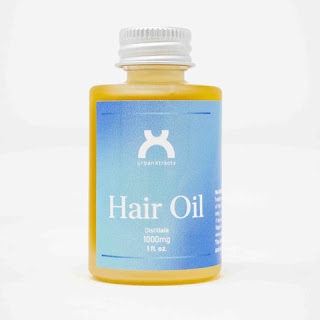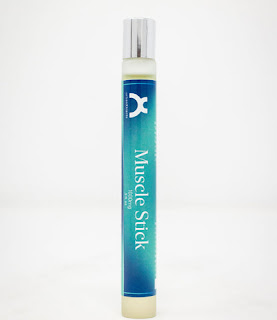Describe Jojoba Oil Soap | Urban Xtracts
Let's set the record straight first. You either say HO-HO-BA or HA-HO-BA. If you're not also ordering Kay-SA-Dillas in place of quesadillas and blackened SAL-MAN FAJ-ETAS in place of salmon fajitas, then don't be seen saying "JA-JO-BA." The jojoba plant, an evergreen shrub that is native to the desert regions of Mexico, the southwest United States, the Middle East, and Argentina, produces Jojoba Oil Soap from its seeds. And its seed has a pure oil content of 50–60%. The first people to use jojoba were indigenous people living close to the Mexican border in Arizona. The plant was referred to as gohowi, or "jojoba" in Spanish. Similar to how olive oil was utilized in Europe, indigenous people used jojoba as food and medicinal. They also attributed mystical qualities to it, saying that jojoba oil could treat a variety of diseases as well as open wounds, cuts, and scrapes.
What About This?
Actually, Jojoba Oil Soap is not an oil at all. Despite being listed as either "oil" or "wax" on an ingredient label, it is actually 97% liquid wax chemically. Jojoba has two INCI names, however they can be used interchangeably because The CosIng Database does not explain the specific differences in the two components' chemical makeup. They will resemble one of the following:
Seed Of Simmondsia Chinensis Seed Oil From Cera Simmondsia Chinensis
And in case you were curious, the CIR (Cosmetic Ingredient Review) Expert Panel has determined that Jojoba Oil Soap and wax are both suitable for usage as cosmetic components (2). You will notice that the EWG uses the CIR's recommendations and data to set EWG toxicity scores if you are used to using the EWG Skin Deep Database to assess the safety of ingredients. EWG gives Jojoba Oil Soap a 1 rating.
Gains From Jojoba Oil Soap
The advantages of using jojoba oil are quite astounding when you put them all together, which makes it simple to comprehend why Jojoba Oil is such a well-liked cosmetic ingredient. To be precise, it contains a lot of fatty acids (linoleic, oleic, arachidic, 11-eicosenoic and palmitic acids). In the cosmetics sector, fatty acids are crucial as emollients, texture enhancers, and cleansing agents. A lack of fatty acids can seriously harm the skin. Fatty acids make the protective layer of the epidermis, which serves as a cosmetic base and stops water loss from the skin.
Here is how all the advantages add up, in addition to providing an abundance of fatty acids:
Especially beneficial for emolliency (softening and smoothing), protection, and moisture control.
Because it does not oxidize, get rancid, or degrade at high temperatures or pressures, it has a long shelf life.
increases suppleness of the skin and reduces dryness.
cleans impurities from the skin and unclogs pores.
Components like tocopherols brighten and mend scars while reducing wrinkles and stretch marks.
Because jojoba is biomimetic, its chemical makeup is comparable to that of sebum, the oil released by human sebaceous glands to lubricate and shield skin and hair.
both harmless and hypoallergenic.
It possesses antioxidant, anti-inflammatory, and anti-degenerative qualities.




Comments
Post a Comment